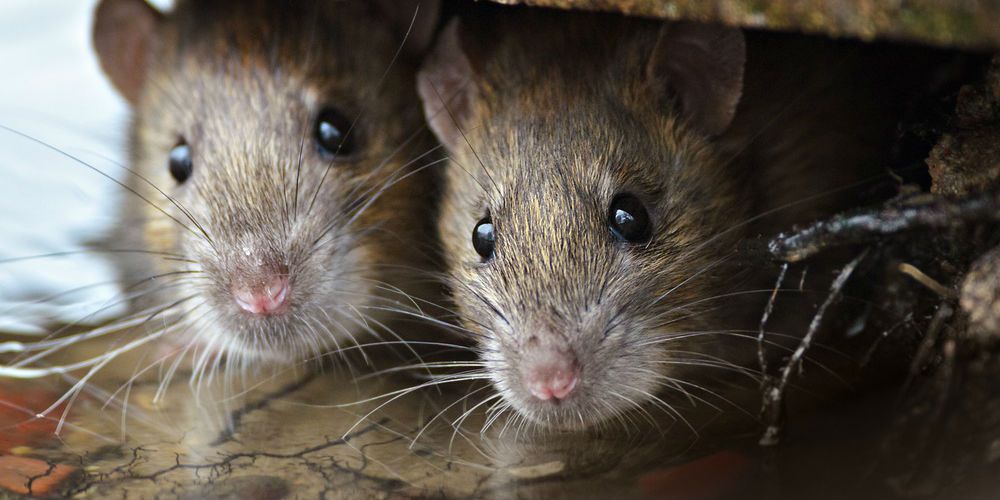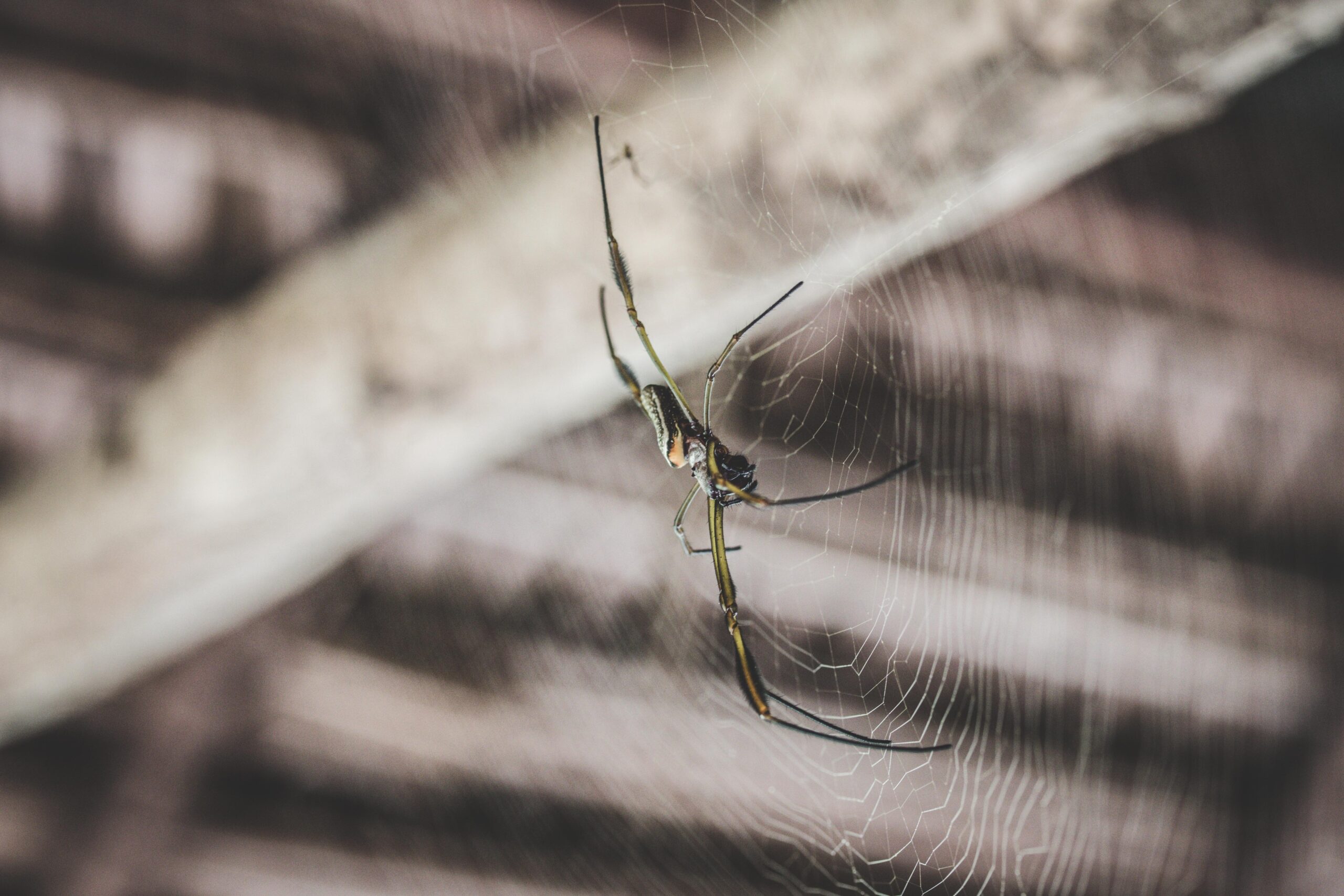The fear of spider infestations is one of the most common phobias in the United States. People love to hate arachnids, and while not every species is dangerous (and some are even beneficial!), both the “ick” factor and (more serious) risk of bites usually provide sufficient motivation to keep them out of the house.
California is home to a wide variety of spider species, including both the Black Widow and the lesser-known Brown Widow, as well as the Desert Recluse and Tarantula, to name a few. Many spiders bite only in self-defense, and even more, have such small jaws that they literally cannot bite a human (their jaws cannot penetrate the skin) but it still makes good sense to keep your home infestation-free for the sake of safety and comfort.
Spider Infestations – Keeping Spiders at Bay
When it comes to spider infestations, an ounce of prevention is definitely worth a pound of cure. Keeping spiders from invading your home in the first place is easier than you might think; take a few moments to review these easy preventative measures:
- Take a Cue from the Itsy-Bitsy Spider. Power washing your home’s exterior will remove any extant spiders and can also help ensure you’ve removed any lingering webs and egg sacs. A monthly wash can help ensure spiders won’t “climb up the spout again” once they’ve been washed out.
- Step up Your Vacuuming Schedule. Frequent vacuuming and sweeping, especially of rooms that don’t see a lot of use, will keep spiders from setting up house in your house. Pay special attention to storage areas, garages, basements, as well as the corners of every room.
- Put a Stop to Stowaways. Make sure you’re not inadvertently ferrying any eight-legged tenants into your home along with packages, boxes, bags, plants, or groceries.
- Give Spiders your Seal of Disapproval. Make sure you’ve sealed any cracks or other openings in your windows, doorways, and foundation (don’t forget any basement and attic windows!). Outside, relocate any firewood, stone, or other materials you may have stockpiled.to a place away from your home. This will not only discourage spiders from nesting but make things easier during your monthly power washing as well. Finally, try to keep outdoor lights (which attract insects and, consequently, spiders) away from windows and doorways.
How to Handle a Suspected Infestation
A single spider can be trapped in a cup and carried outdoors with minimal effort, but if you suspect a spider infestation, you may need to call in the cavalry. Many chemical agents are effective only if you can see and target each individual spider, and many preventative sprays have relatively short lives. More powerful, professional-grade chemical treatments should only be applied by experts, and while sticky traps are useful in trapping spiders, you’ll need to make sure they’re located in areas inaccessible to pets and children.
If you’ve got a touch of arachnophobia, or simply prefer to leave the ‘rachnid wranglin’ to the professionals, don’t be afraid to reach out to your neighborhood pest control experts. They can help you identify which varieties of spider you’re dealing with, create a plan for removing them from your home, and set up a maintenance plan that will help ensure the eight-legged invaders stay gone—for good.








